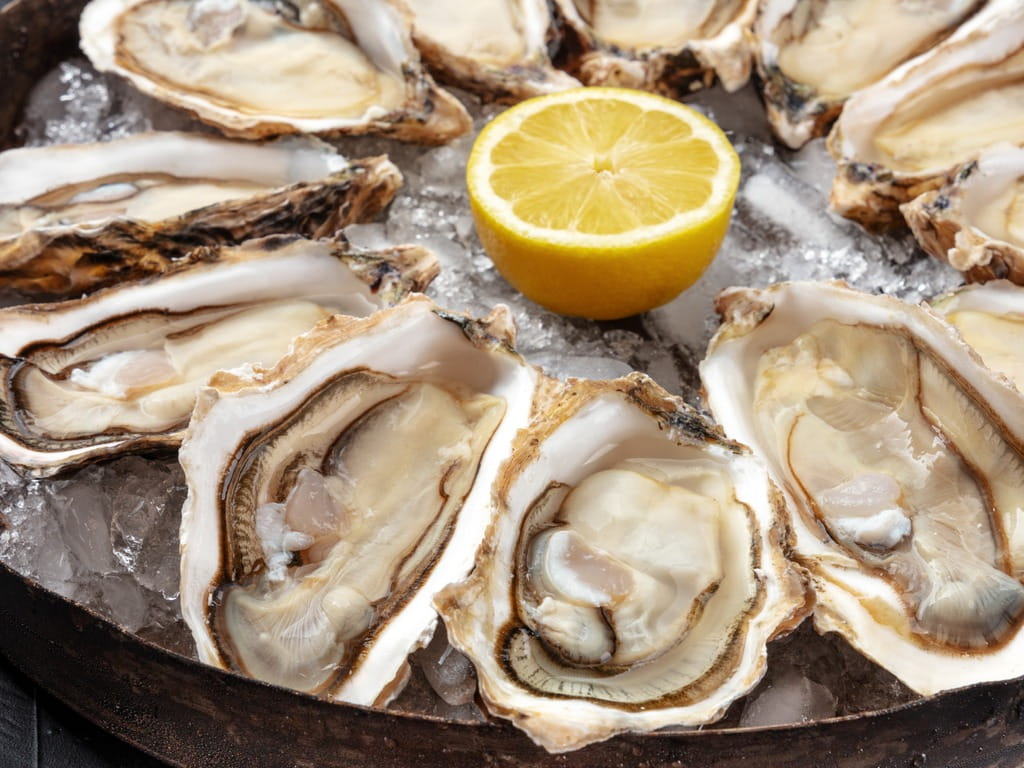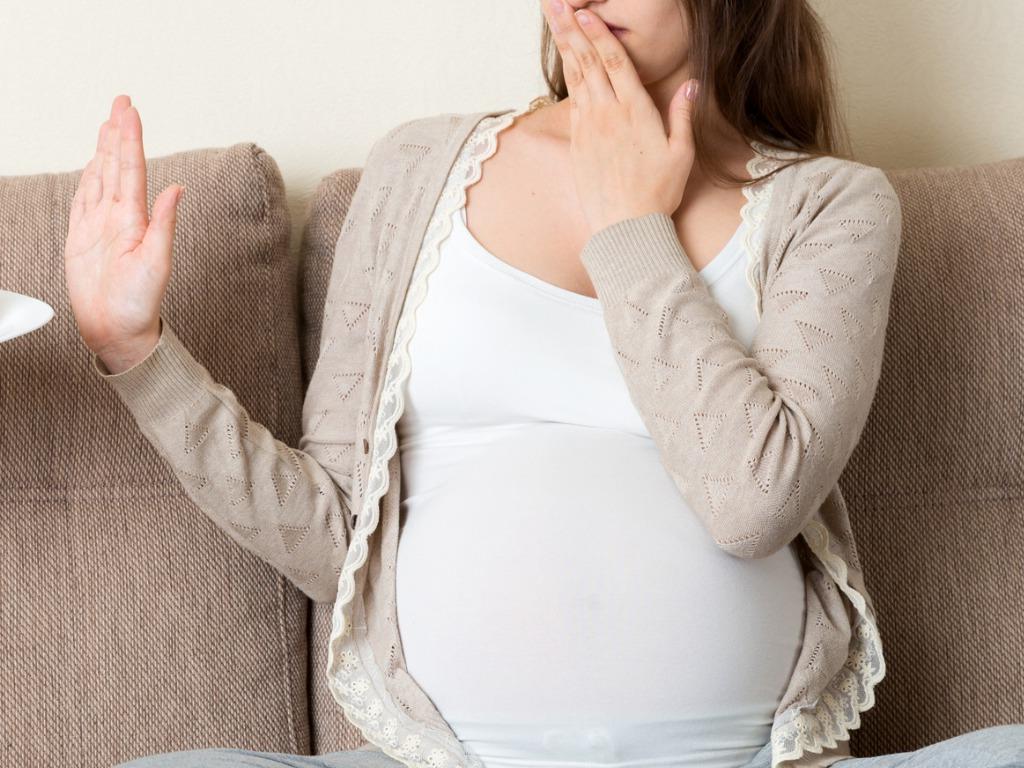Are Raw Oysters Safe to Eat During Pregnancy?

The Bottom Line
Raw shellfish can carry bacteria and parasites that can cause life-threatening infections in pregnant women and their unborn children. Avoid eating raw or undercooked shellfish, including oysters, if you are pregnant.

The Full Story
Seafood is an excellent source of nutrition and can help support fetal brain development. Pregnant women should eat a balanced diet, and that can safely include many different types of seafood. While many species of fish and shellfish are safe to eat in moderation during pregnancy, there is some seafood that pregnant women should avoid. Raw or undercooked shellfish, including raw oysters, can cause potentially deadly infections in pregnant women and their unborn children. Because of this, pregnant women should avoid raw or undercooked shellfish.
Toxoplasmosis is a disease of concern for pregnant women. Toxoplasmosis is caused by the parasite Toxoplasma gondii. Cats have a significant role in the life cycle of this parasite, as the parasites are spread from cat feces. Humans become infected after contact with cat feces, so pregnant women should avoid handling dirty cat litter. However, seawater can also be contaminated with Toxoplasma gondii parasites that originate from feline fecal matter, survive sewage treatments, and travel through river systems into the ocean. Certain types of shellfish, including oysters, clams, and mussels, filter Toxoplasma gondii from seawater, and thus raw shellfish can contain the parasite. Humans can be exposed to Toxoplasma gondii when eating raw or undercooked shellfish, including oysters.
In healthy adults, toxoplasmosis infection is often asymptomatic or associated with a mild febrile illness. However, toxoplasmosis infection during pregnancy can result in miscarriage, stillbirth, or severe developmental delays. For this reason, pregnant women are advised to not consume raw oysters, or any other raw or undercooked shellfish.
Infections due to the bacteria Vibrio vulnificus are another concern for pregnant women. Vibrio vulnificus is found in multiple types of shellfish including clams, shrimp, crabs, mussels, and oysters. Shellfish that are contaminated with this type of bacteria have a normal appearance, smell, and taste. Vibrio vulnificus causes serious infections in humans, including blistering skin infections that can lead to blood infections (sepsis). In the United States, approximately one-third of all individuals affected by Vibrio vulnificus infections die, and the bacteria is associated with nearly all the seafood-related deaths in the United States. Although pregnancy is not specifically identified as a risk factor for Vibrio vulnificus infection, the severity of illness and high mortality rate associated with this infection make it advisable for pregnant women to avoid potential exposures to Vibrio vulnificus. This includes the avoidance of raw shellfish that can carry the bacteria and cause the disease.
Since both Vibrio vulnificus and Toxoplasma gondii cannot survive at high temperatures, thorough cooking of shellfish, including oysters, can be used to prevent infections from these organisms. Because of this, it is safe for women to eat fully cooked oysters and other types of shellfish during pregnancy.
If you suspect someone has food poisoning, get an immediate personalized recommendation online or call Poison Control at 1-800-222-1222. Both options are free, confidential, and available 24 hours a day.
Kelly Johnson-Arbor, MD
Medical Toxicologist
Poisoned?
Call 1-800-222-1222 or
Prevention Tips
- If you are pregnant, avoid changing cat litter boxes or handling dirty cat litter.
- Wash your hands with soap and water after handling soil, raw fish or shellfish, or other products that may be contaminated with bacteria or parasites.
- Avoid the consumption of raw or uncooked seafood, including shellfish. This is especially important for pregnant women due to the risk of toxoplasmosis infection.
This Really Happened
In an environmental study, 104 green-lipped mussels were obtained from markets in New Zealand. The mussels had been commercially grown in ocean farms and were intended for human consumption. The mussels were tested for the presence of waterborne parasites, including Toxoplasma gondii. Thirteen of the mussel specimens tested positive for Toxoplasma gondii. The study’s authors noted that green-lipped mussels can filter up to 9 liters of seawater per hour, including particles the size of Toxoplasma gondii parasites.
For More Information
Centers for Disease Control and Prevention, Oysters and Vibriosis.
References
Jones JL, Dubey JP. Foodborne toxoplasmosis. Clin Infect Dis. 2012 Sep;55(6):845-51.
Poisoned?
Call 1-800-222-1222 or
Prevention Tips
- If you are pregnant, avoid changing cat litter boxes or handling dirty cat litter.
- Wash your hands with soap and water after handling soil, raw fish or shellfish, or other products that may be contaminated with bacteria or parasites.
- Avoid the consumption of raw or uncooked seafood, including shellfish. This is especially important for pregnant women due to the risk of toxoplasmosis infection.
This Really Happened
In an environmental study, 104 green-lipped mussels were obtained from markets in New Zealand. The mussels had been commercially grown in ocean farms and were intended for human consumption. The mussels were tested for the presence of waterborne parasites, including Toxoplasma gondii. Thirteen of the mussel specimens tested positive for Toxoplasma gondii. The study’s authors noted that green-lipped mussels can filter up to 9 liters of seawater per hour, including particles the size of Toxoplasma gondii parasites.
